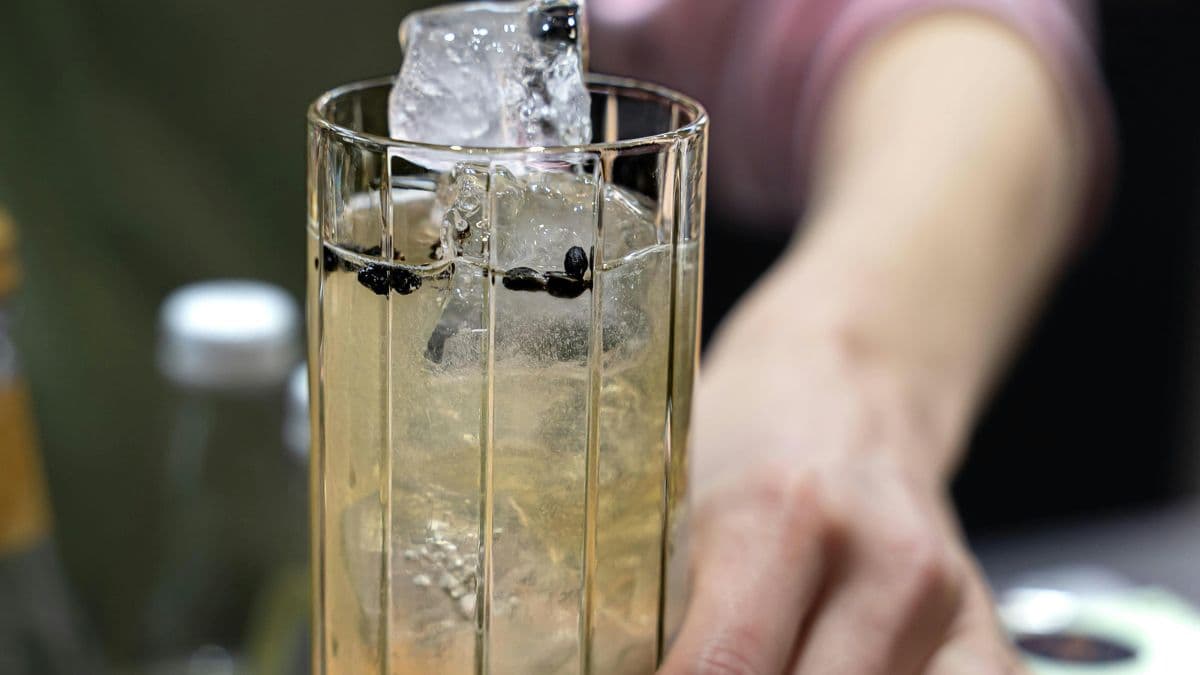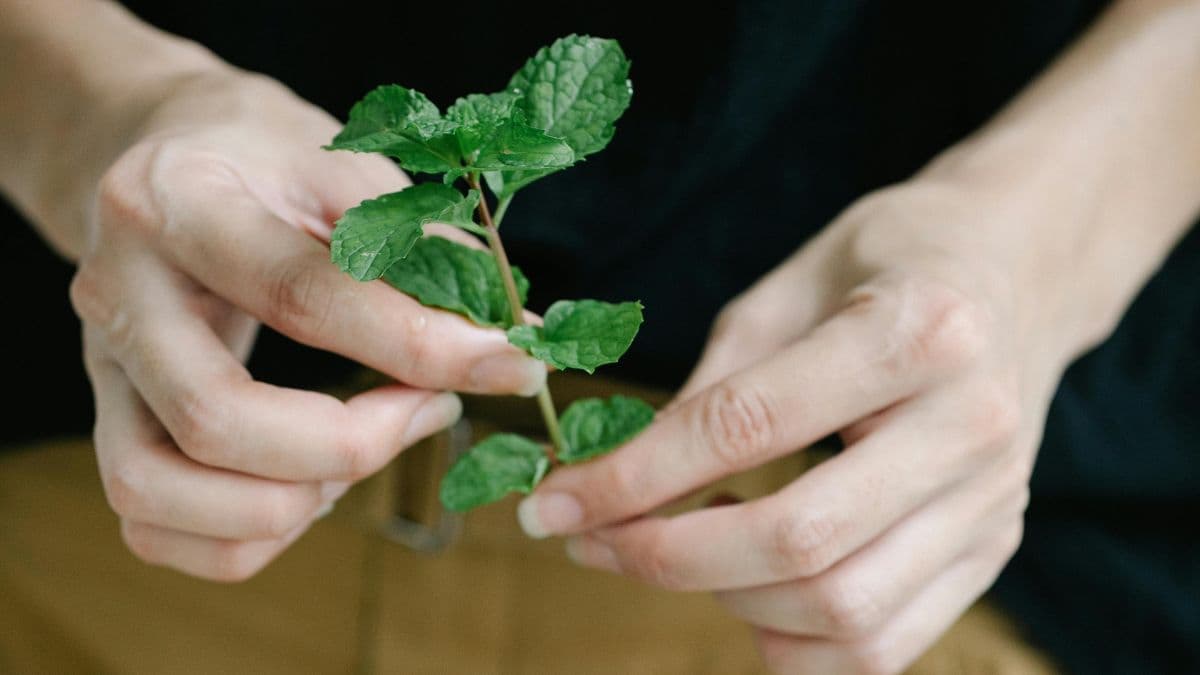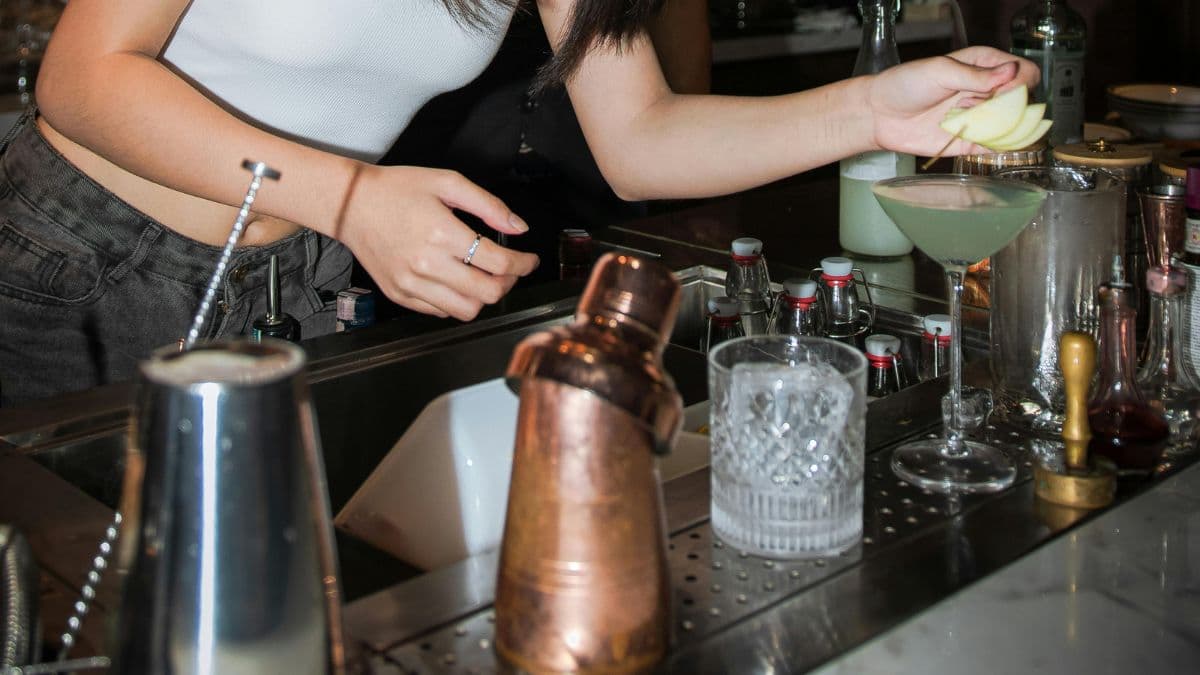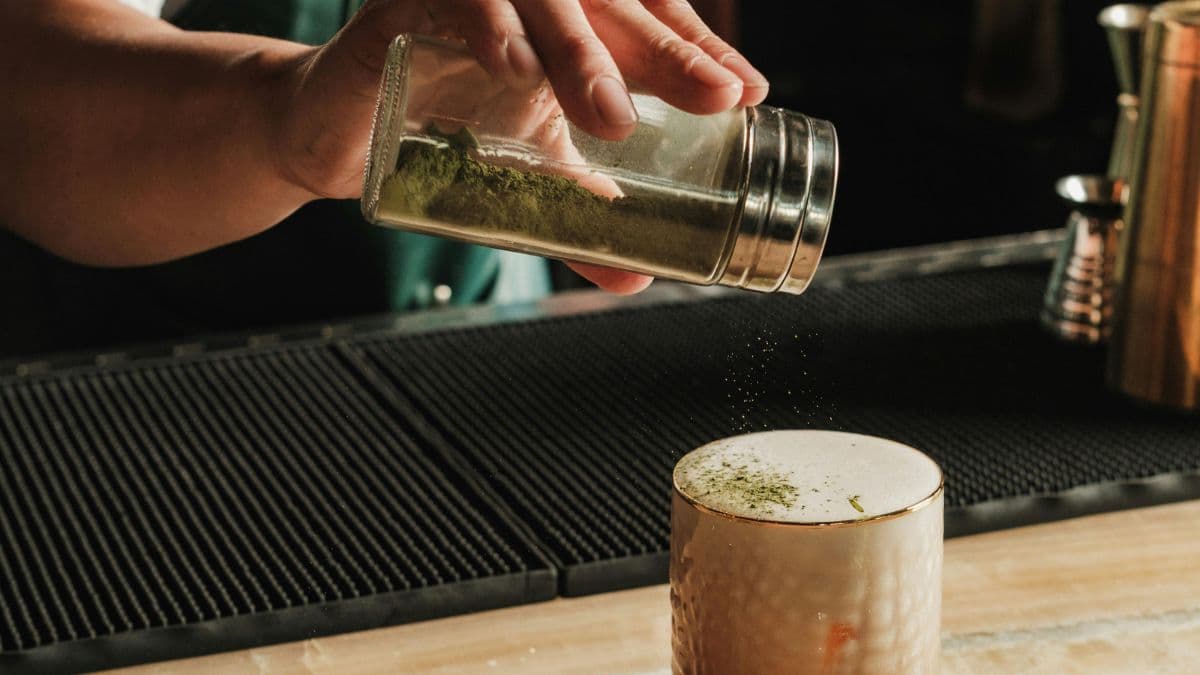Planning A DIY Cocktail Night? Here’s My Take — Goof-Ups, Chaos And Methods That Work

I remember the scene quite vividly. The floor of the drawing room was sticky with orange juice, the small bar counter in the corner was littered with a mix of tiny pieces of mint and basil, a squeezed out lime wedge and a smattering of simple syrup. This was the eve of the first DIY night organised in my own space — and the mess had me stupefied.
While there was immense gratitude in my mind that nothing broke or no mixology equipment was lost, there was nonetheless a moment during the evening when everyone was talking at once, blending at once and putting several fingers into the same mason jar filled with candied ginger garnishes — all at the same time! Oh, to contend with enthusiastic amateur mixologists was as much a challenge as it was an interesting hosting endeavour.
Over time, I was able to figure out how to arrange all ingredients in order, realised the significance of having a separate garnishing station, got a hang of how many ingredients to stock up on depending on the number of guests and how to manage a crowd in the limited space at my disposal. Yet, those initial challenging days remain forever etched in the mind.
The First Unravelling
There is a certain intimacy in crafting your own cocktail. That was one of the reasons I was so keen to host a DIY cocktail evening at home. Everyone would be able to experiment, permute and combine ingredients according to their preferences and in the process pick up on a couple of mixology techniques.
Everything started off smoothly at first, but then the first spill happened — it was a teaspoon of lime juice that spread on the floor — and the unravelling began. At that time, mixing ingredients, shaking them, transferring them into a glass and garnishing them was all done on the same small bar.
It all became a slightly clumsy affair as there were too many ingredients in that limited space and following the first spill, all else was a slippery slope. An apple rolled off the bar onto the floor, someone messed up a recipe and added 3-4 sugar cubes to an old fashioned so it lost out on its taste and every few minutes, someone else would look up a different recipe to make a whisky sour or a citrus vodka fizz online and get back to the mixology station. At the end, while guests ended up with interesting mixes after multiple experimentations, the whole process seemed quite chaotic and unplanned.

Cleaning Up Messes
Cleaning took longer than expected on that first DIY evening. The next time I decided to host such a party, I took care to use all kinds of recyclable, organically produced albeit disposable glassware and materials that could be easier to clean.
That worked for a while. Then unexpectedly, some extra numbers showed up, and suddenly, I found myself running out of glasses and wooden ladles and spoons. I had to rush into the kitchen and bring out glasses and mixing bowls to cater to the surprising entrants.
Still, something did not feel right. There was the similar smattering of herbs and flavour accents on the bar and although there was only one counter reserved for mixing drinks, everywhere else in the drawing there was evidence that something had taken place here. In the end, cleaning up messes and rearranging spirit bottles and mixers back on the shelf after taking proper stock of what was left and what was consumed became just as difficult.
Lessons From The Mixology Book
The third time was the charm. What I had learnt was that although every person has their own flavour preferences, guests tended to work better when they had some recipes to guide them. So, taking a colourful poster board and a handful of sketch pens, I jotted down cocktail recipes akin to recipe cards and placed them at the bar counter.
Guests were overjoyed to have this guide, which meant they had a ready-made recipe on hand for experimentation. A couple of them followed those creative recipes to make a cucumber and mint gin cooler or a ginger and apple whisky smash; still others combined two recipes to make a concoction of their own!
Placing more than one cocktail shaker, jigger, muddler or strainer became useful too; at least 2–3 people could mix at one go without waiting too long in line. And most importantly, there were only 4 recipes on the aforementioned recipe cards and ingredients only for mixing those cocktails. Whatever flavour possibilities were available for experimentation were with those ingredients alone. This cut down the chaos of too many ingredients to make the whole evening far more efficient, organised and interesting.

Also Read: Host A Cocktail Night At Home This Festive Season With 5 Easy Hacks
Understanding Spaces
The first couple of times, the DIY station was crafted at the small home bar. But a careful understanding of spacing revealed to me that this simply wasn’t enough. The bar was becoming crowded and guests were finding it difficult to mix smoothly. So, understanding the space available to me in the drawing room, I reserved the bar simply for blending and building cocktails.
A separate station was curated in a corner next to the home bar, facing the sofas and other seating for garnishing drinks. Once their cocktails were ready, guests could take them over to this station to work with edible flowers, fruity flourishes, salted rims, whole spices and so many other adornments. In fact, a separate garnishing station created more room for setting up a variety of aesthetic items that infused more flavour and a beautiful flair into creative cocktails.
The section which housed the seating was reserved for conversation. Here, guests could take the floor in turns to describe their cocktail, how they prepared it, what they experimented with — the questions and answers and interactive exchanges of mixology knowledge that occurred was too interesting to imagine!

What Really Worked
After a couple of such successful DIY evenings, here’s what this author believes worked:
– multiple sets of cocktail apparatus to mix drinks including 2 shakers, several spoons and mixing glasses
– a separate space for mixing drinks and for garnishing them
– limited number of cocktail recipes and ingredients that dramatically reduces the chaos at the bar
– exploring creative possibilities only via the ingredients available to guests (and the recipe cards too, should they want to refer to them)
– measured amounts of spirits, mixers and flavour accents that can be arranged comfortably at the bar without overcrowding it with too much material
– and finally, a space for guests to converse about their cocktails, where bar bites and small serves can be offered during the course of the evening.

Key Takeaways:
– Initial experiments of hosting a DIY cocktail evening were all about chaos, messes and a rather unorganised mixing experience.
– Eventually I picked up a couple of useful tips like having in store multiple sets of cocktail apparatus and crafting a separate garnishing station.
– Another useful hack was to keep only a limited number of recipes and their ingredients available at the bar counter to avoid overcrowding the mixology station.
FAQs:
– What can be the difficulties that a home host encounters while organising a DIY cocktail night?
Overcrowding of ingredients at the bar, a mess of garnishes and sticky mixers, running out of servingware and a general lack of space can be some difficulties that a home host might encounter while organising a DIY cocktail night.
– What are some easy ways to navigate these challenges?
One can opt for a separate garnishing station, choose only a limited number of ingredients for making cocktails, and reserve a separate section of the hosting area for guests to sit down and talk about their cocktails.red
– What are the key learnings from the unravellings that occurred on DIY mixology gatherings?
Measured amounts of spirits, mixers and flavour accents that can be arranged comfortably at the bar without overcrowding it with too much material is an essential learning. Along with that, giving guests room to experiment with limited ingredients enables exploring creative possibilities without the chaos that too many varied elements might produce.
All cocktails listed use 30 ml liquor measurements for single serves. Drink Responsibly. This communication is for audiences above the age of 25.

